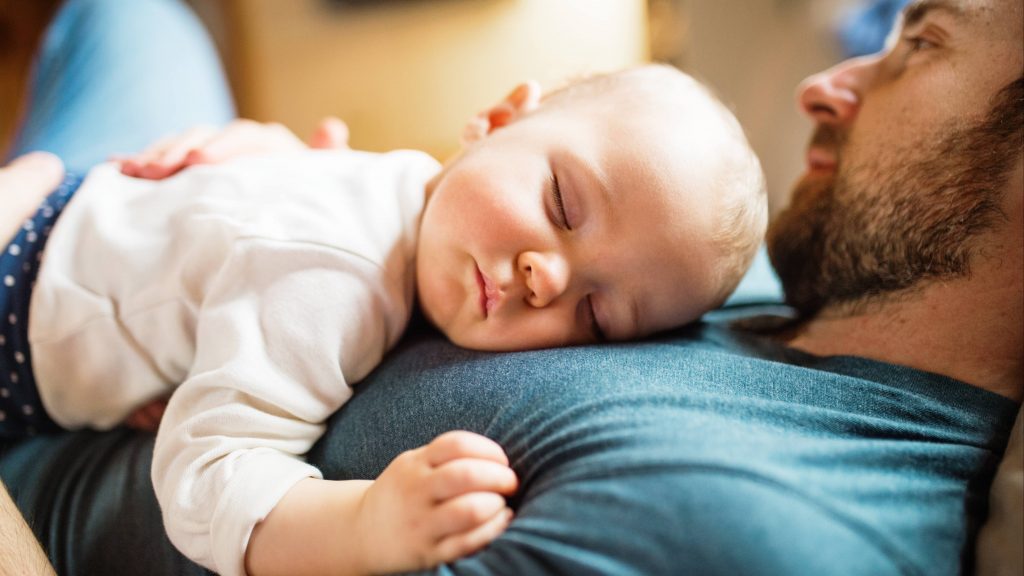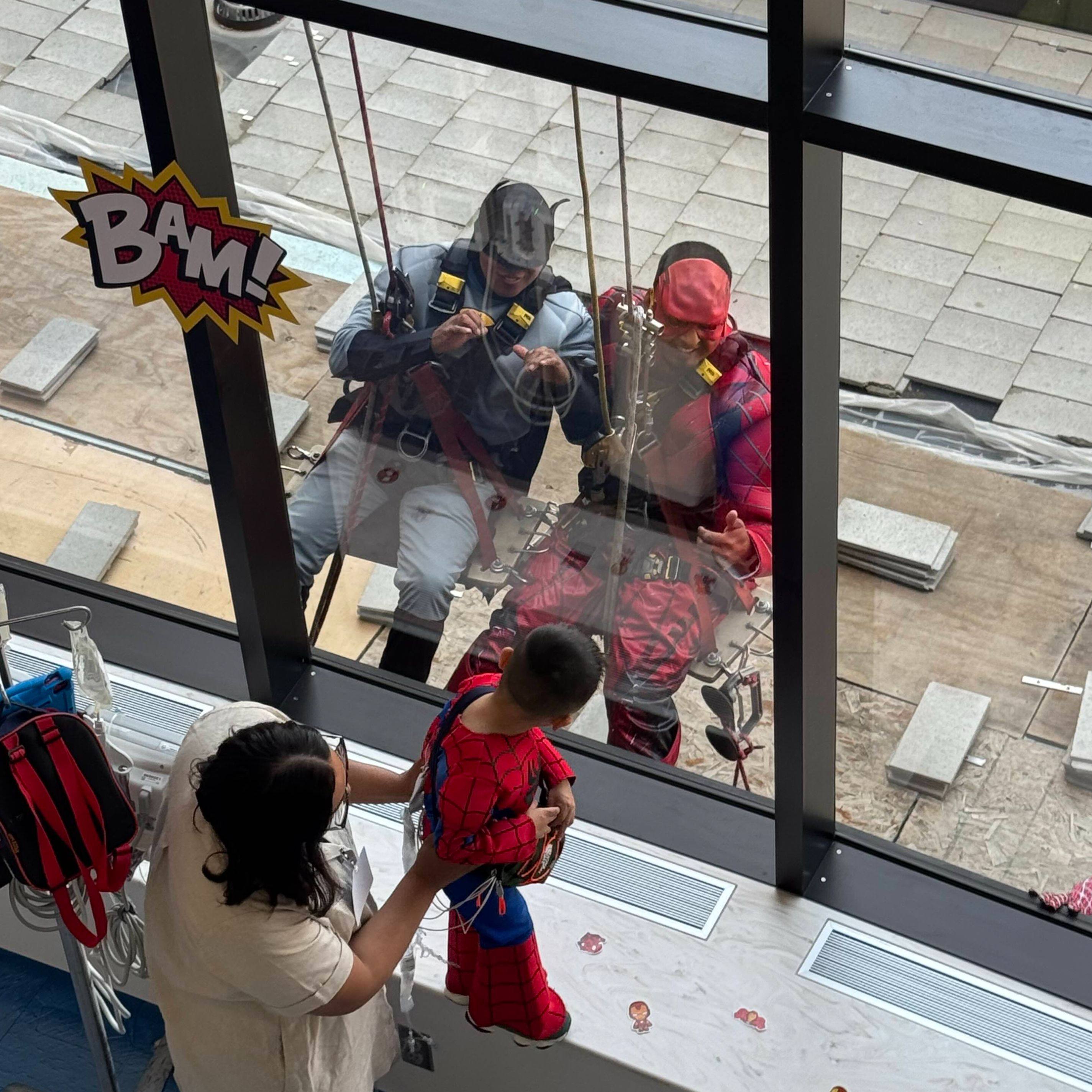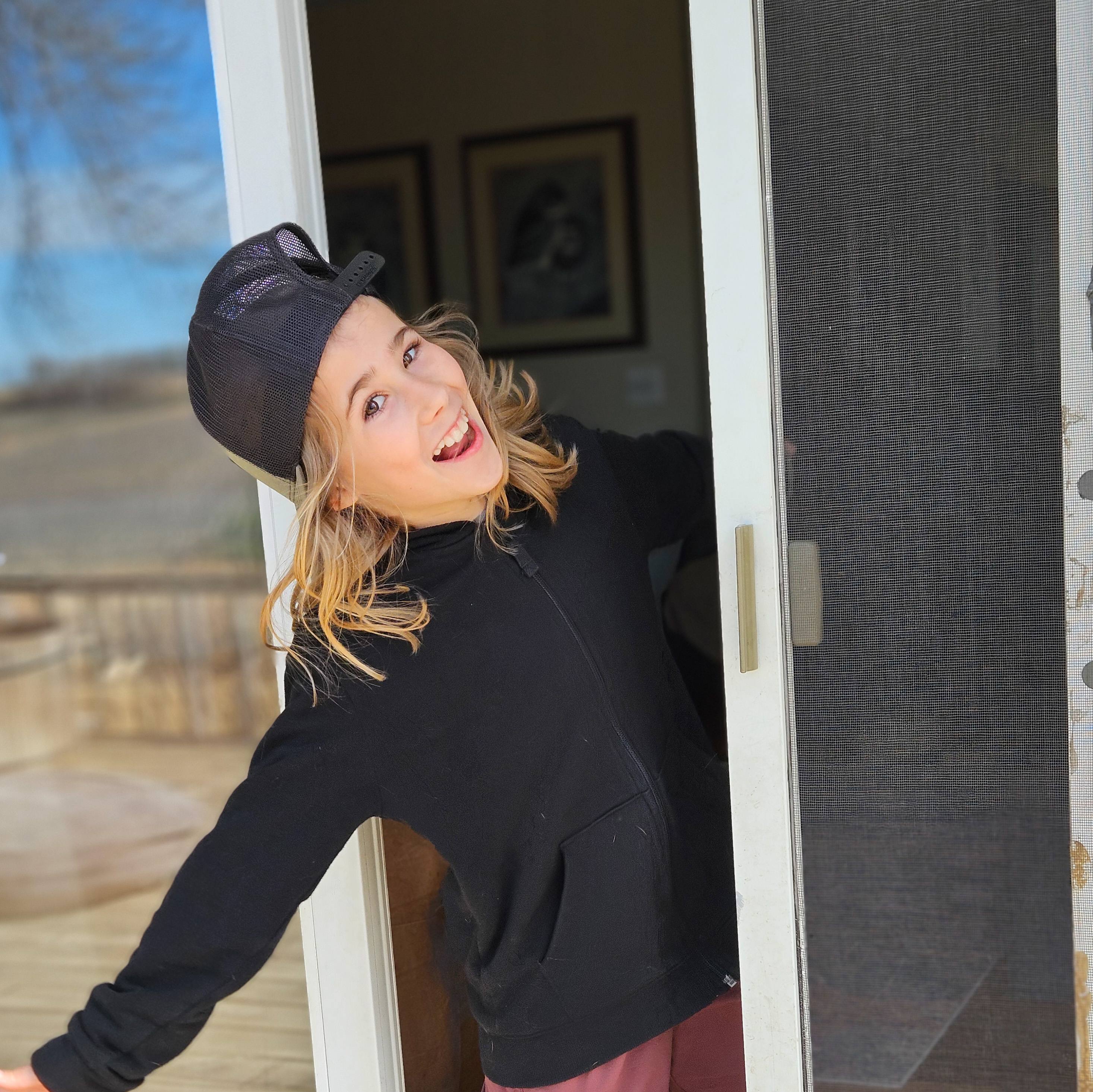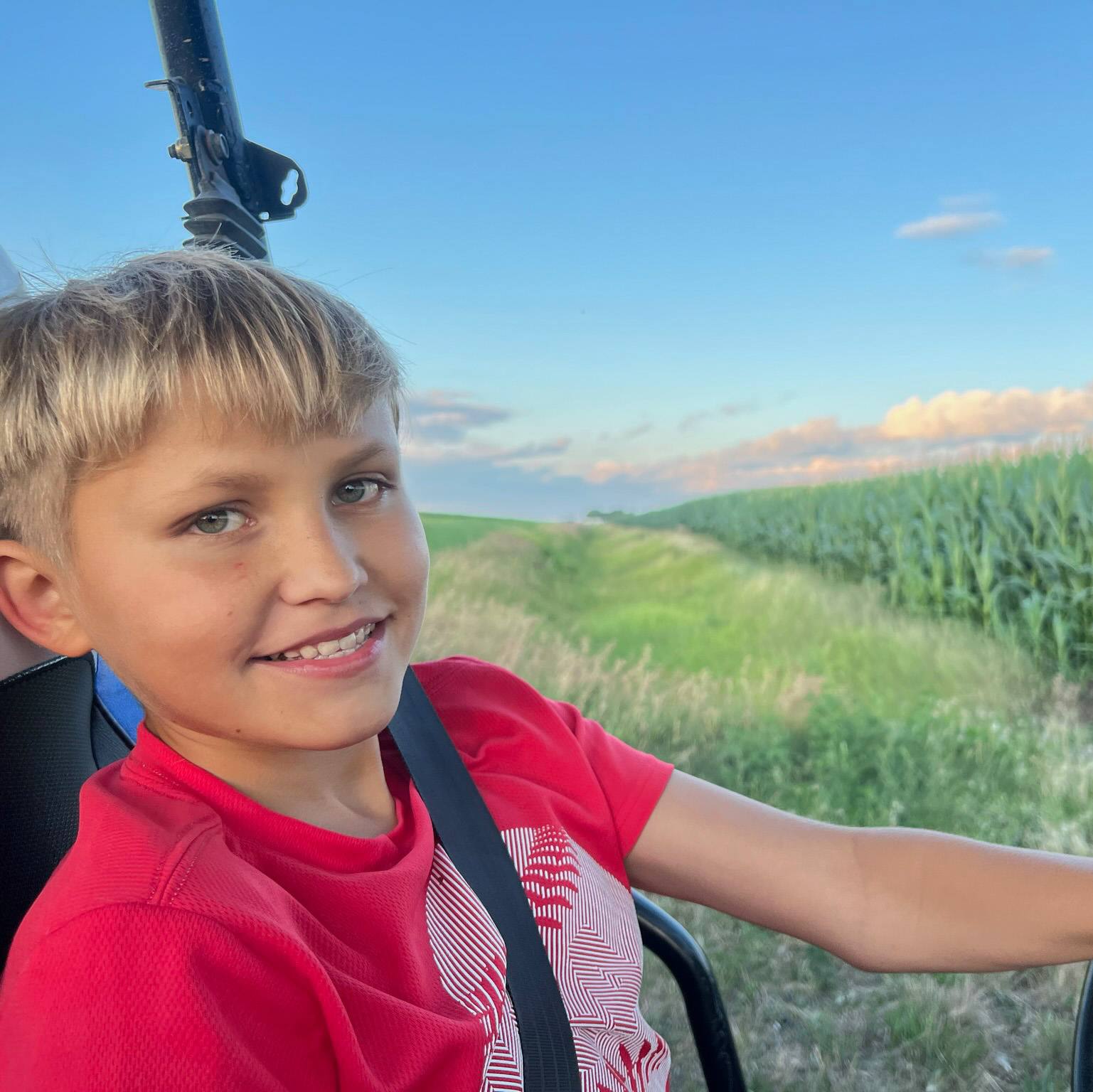
Children of all ages can become ill with coronavirus disease 2019 (COVID-19). But most kids who are infected typically don't become as sick as adults and some might not show any symptoms at all. Know the symptoms of COVID-19 in babies and children, why children might be affected differently by COVID-19 and what you can do to prevent the spread of the virus.
How likely is it for a child to become sick with coronavirus disease 2019 (COVID-19)?
While all children are capable of getting the virus that causes COVID-19, they don't become sick as often as adults. Most children have mild symptoms or no symptoms.
According to the American Academy of Pediatrics and the Children's Hospital Association, in the United States children represent about 9 percent of all COVID-19 cases. Hospitalization rates for children are much lower than for adults. However, if children are hospitalized, they need to be treated in the intensive care unit as often as hospitalized adults, according to research from the Centers for Disease Control and Prevention (CDC).
In addition, people of any age with certain underlying conditions, such as obesity, are at higher risk of serious illness with COVID-19. Children who have congenital heart disease, genetic conditions or conditions affecting the nervous system or metabolism are also at higher risk of serious illness with COVID-19.
Research also suggests disproportionately higher rates of COVID-19 in Hispanic and non-Hispanic Black children than in non-Hispanic white children. Hispanic and non-Hispanic Black children also have had higher rates of hospitalization.
Rarely, some children might also develop a serious condition that appears to be linked to COVID-19.
Why do children react differently to COVID-19?
The answer isn't clear yet. Some experts suggest that children might not be as severely affected by COVID-19 because there are other coronaviruses that spread in the community and cause diseases such as the common cold. Since children often get colds, their immune systems might be primed to provide them with some protection against COVID-19. It's also possible that children's immune systems interact with the virus differently than do adults' immune systems. Some adults are getting sick because their immune systems seem to overreact to the virus, causing more damage to their bodies. This may be less likely to happen in children.
How are babies affected by COVID-19?
Although rare, children under age 2 appear to be at higher risk of severe illness with COVID-19 than older children. This is likely due to their immature immune systems and smaller airways, which make them more likely to develop breathing issues with respiratory virus infections.
Newborns can become infected with the virus that causes COVID-19 during childbirth or by exposure to sick caregivers after delivery. If you have COVID-19 or are waiting for test results due to symptoms, it's recommended during hospitalization after childbirth that you wear a cloth face mask and have clean hands when caring for your newborn. Keeping your newborn's crib by your bed while you are in the hospital is OK, but it's also recommended that you maintain a reasonable distance from your baby when possible. When these steps are taken, the risk of a newborn becoming infected with the COVID-19 virus is low. Research suggests that only about 2 percent to 5 percent of infants born to women with COVID-19 near the time of delivery test positive for the virus in the days after birth. However, if you are severely ill with COVID-19, you might need to be temporarily separated from your newborn.
Infants who have COVID-19 or who can't be tested due to a lack of availability and have no symptoms might be discharged from the hospital, depending on the circumstances. It's recommended that the baby's caregivers wear face masks and wash their hands to protect themselves. Frequent follow-up with the baby's health care provider is needed — by phone, virtual visits or in-office visits — for 14 days. Infants who test negative for COVID-19 can be sent home from the hospital.
Children's COVID-19 symptoms
While children and adults experience similar symptoms of COVID-19, children's symptoms tend to be mild and cold-like. Most children recover within one to two weeks. Their symptoms can include:
- Fever
- Nasal congestion or runny nose
- Cough
- Sore throat
- Shortness of breath
- Fatigue
- Headache
- Muscle aches
- Nausea or vomiting
- Diarrhea
- Poor feeding or poor appetite
If your child has symptoms of COVID-19 and you think he or she might have COVID-19, call your child's health care provider. Keep your child at home and away from others as much as possible, except to get medical care. If possible, have your child use a separate bedroom and bathroom from family members. Follow recommendations from the CDC, the World Health Organization (WHO) and your government regarding quarantine and isolation measures as appropriate.
Factors used to decide whether to test your child for COVID-19 may differ depending on where you live. In the U.S., the health care provider will determine whether to conduct tests for COVID-19 based on your child's signs and symptoms, as well as whether your child has had close contact with someone diagnosed with COVID-19. The doctor may also consider testing if your child is at higher risk of serious illness.
To test for COVID-19, a health care provider uses a long swab to take a sample from the back of the nose. The sample is then sent to a lab for testing. If your child is coughing up phlegm (sputum), that may be sent for testing.
Watch: Supporting your child during COVID-19 nasal swab test.
COVID-19 prevention tips
There are many steps you can take to prevent your child from getting the virus that causes COVID-19 and, if he or she does become sick, to avoid spreading it to others. The CDC and WHO recommend that you and your family:
- Keep your hands clean. Wash your hands often with soap and water for at least 20 seconds. If soap and water aren't available, use a hand sanitizer that contains at least 60% alcohol. Cover your mouth and nose with your elbow or a tissue when you cough or sneeze. Throw away the used tissue and wash your hands. Avoid touching your eyes, nose and mouth. Have your kids wash their hands immediately after returning home, as well as after going to the bathroom and before eating or preparing food. Show young children how to create tiny soap bubbles by rubbing their hands together and how to get the soap between fingers and all the way to the ends of their fingers, including their thumbs and the backs of their hands. Encourage your kids to sing the entire "Happy Birthday" song twice (about 20 seconds) so they spend the time they need to get their hands clean.
- Practice social distancing. Avoid close contact (within about 6 feet, or 2 meters) with anyone who is sick or has symptoms. Minimize trips outside your house. When you do go out, leave your children at home — if possible. Since people without symptoms can spread the virus, don't allow your child to have in-person playdates with children from other households — even if they are all feeling well. If your child plays outside, make sure he or she stays 6 feet away from people outside of your household. You can describe this distance to your child as about the length of a door or an adult's bicycle. Don't allow your child to play games or sports that involve shared equipment, such as a basketball, or that can't accommodate physical distancing. Postpone your child's in-person visits with older adults. Encourage your child to keep in touch with friends and loved ones through phone calls or video chats. Consider organizing virtual family meals, game nights or playdates to keep your child engaged.
- Clean and disinfect your home. Focus on cleaning surfaces every day in common areas that are frequently touched, such as tables, doorknobs, hard-backed chairs, light switches, remotes, electronics, handles, desks, toilets and sinks. Also, clean areas that easily get dirty, such as a baby's changing table, and surfaces that your child often touches, such as his or her bed frame, craft table, toy chest and toys. Use soap and water to clean toys that your child puts in his or her mouth. Be sure to rinse off the soap and dry the toys. Wash your child's bedding and washable plush toys, as needed, in the warmest possible setting. Dry items completely. Wash your hands after handling your child's belongings. If you're caring for a baby with COVID-19, wash your hands after diaper changes or handling the baby's bedding, toys or bottles.
- Wear cloth face masks. The CDC recommends wearing cloth face coverings in public places, such as the grocery store, where it's difficult to avoid close contact with others. It's especially suggested in areas with ongoing community spread. This advice is based on data showing that people with COVID-19 can transmit the virus before realizing that they have it. If your child is age 2 or older, have him or her wear a cloth face mask when out in the community to prevent the spread of COVID-19 to others. Don't place a face mask on a child younger than age 2, a child who has any breathing problems, or a child who has a condition that would prevent him or her from being able to remove the mask without help.
In addition, keep up with your child's well visits and vaccines. This is especially important for infants and young children under age 2. Many health care providers in communities affected by COVID-19 are using strategies to separate well visits from sick visits by seeing sick children in separate areas of their offices or at different locations. If your child is due for a well visit, talk to your child's doctor about safety steps being taken. Don't let fear of getting the virus that causes COVID-19 prevent your child from getting his or her vaccines to prevent other serious illnesses.
Following guidelines to prevent the spread of the COVID-19 virus can be particularly difficult for kids. Stay patient. Be a good role model and your child will be more likely to follow your lead.
Click here to learn more about:
- Supporting your child during COVID-19 nasal swab testing
- Multisystem inflammatory syndrome in children (MIS-C)
Information in this post was accurate at the time of its posting. Due to the fluid nature of the COVID-19 pandemic, scientific understanding, along with guidelines and recommendations, may have changed since the original publication date.
Check the Centers for Disease Control and Prevention website for additional updates on COVID-19. For more information and all your COVID-19 coverage, go to the Mayo Clinic News Network and mayoclinic.org.
Related Articles







